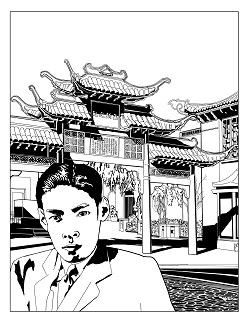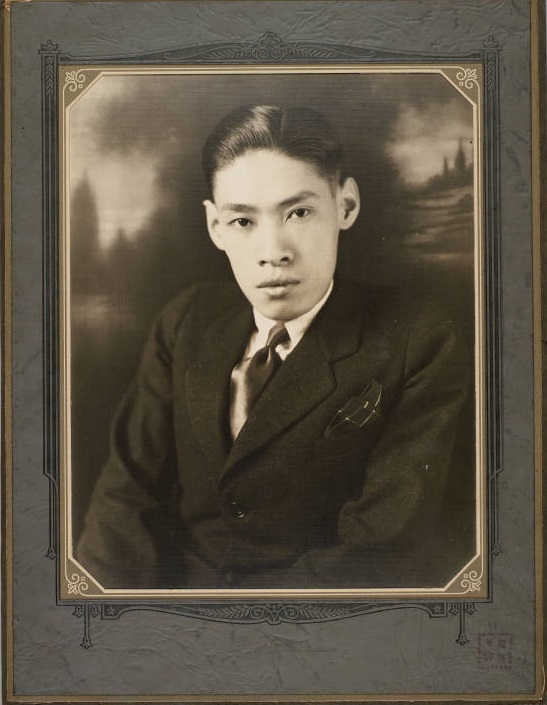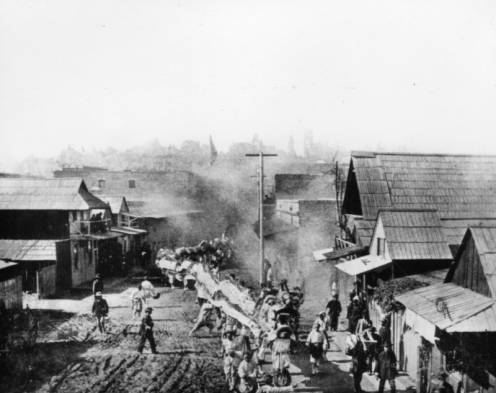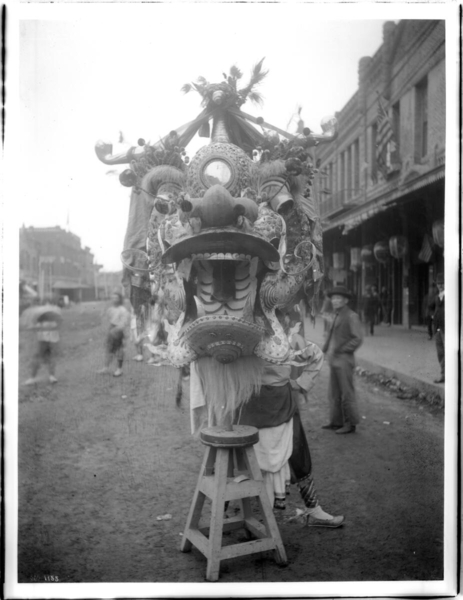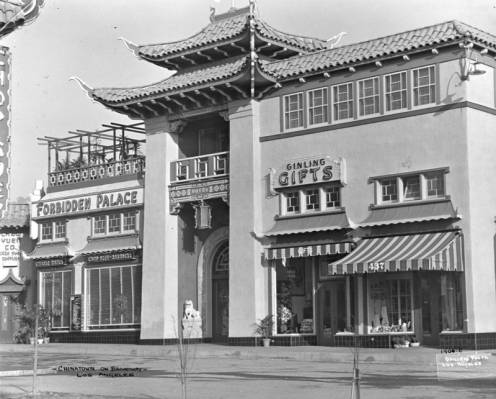You Chung (“Y.C.”) Hong (1898–1977) was a community booster, social activist, and immigration lawyer based in Chinatown in Los Angeles and is profiled as a part of Archives Alive: Stories and Voices from L.A. Chinatown an ongoing online and physical exhibit about the resilience of the Chinese community in Los Angeles.
Y. C. Hong’s father was a Chinese immigrant who worked on the building of the Transcontinental Railroad. During the 19th century, more than 2.5 million Chinese citizens came to America for opportunities and faced overt discrimination within California and Federal legislation. As an example, in 1854, the California State Supreme Court categorized Chinese with African Americans and Native Americans with a rule that stated that the testimony of a Chinese man who witnessed a murder by a white man was inadmissible, because [they were] “a race of people whom nature has marked as inferior, and who are incapable of progress or intellectual development beyond a certain point”.
From his early experience of discrimination, Hong for the rest of his life fought for the Chinese American community. After Hong graduated high school and moved to Los Angeles, Hong worked as an interpreter for the United States Immigration and Naturalization Service and taught English to recent immigrants as a means to pay for his law education at USC. Hong was the first Chinese American to graduate from USC’s law school, the first Chinese American member to pass the bar exam of the California Bar in 1918 and later in life, owned the first legal practice owned by a Chinese American in Los Angeles.
Hong was a major part of the Los Angeles Chinese community in fighting against the racism propagated from the Chinese Exclusion Act, a federal law from 1882 to 1943 that prohibited Chinese immigration into the United States. As part of his law firm, he worked on over 7,000 immigration cases, advocating on behalf of Chinese Americans to be able to live in the United States. Hong’s personal papers are at the Huntington Library, which includes his case workload, a treasure trove for genealogists looking into primary source documents of Chinese Americans looking to reunite family members through the immigration process. Hong’s work focused on defending the right of Chinese Americans to be able to bring over their spouses, parents, and children into the United States.
As an expert on Chinese immigration, Hong frequently gave testimony in Washington, D.C. in front of congressional and presidential hearings. His advocacy work on this issue started in 1928, testifying before a congressional committee to reform the racist Chinese Exclusion Act and later federal legislation. Hong continued the fight well into 1965 when the Immigration Act of 1965 was signed into law which removed national origin as a barrier to immigration.
Hong was one of the co-founders in the development of the second Chinatown in Los Angeles. Los Angeles’ Chinatown was originally in the Olvera Street area, the oldest part of the city of Los Angeles residents were forcibly evicted because of racism and civic development to build Union Station. The New Chinatown opened in 1938 and was to serve as a residential, cultural, and business district for Chinese Americans and a cultural experience for Americans. New Chinatown was successful as a gateway for Americans to experience Chinese culture. Cultural events, such as the Chinese New Year Festival and the anniversary of New Chinatown, were yearly articles in local papers such as the Evening News, the Herald Examiner and the Los Angeles Times. There are images in Tessa, the library's digital archive, of Chinatown and its celebration if you’re curious about seeing more historical images.
Y.C. Hong, as one of the landowners of New Chinatown, left behind physical changes to the space as part of his impact. His law office is in one of the buildings in New Chinatown and his law office has been restored back to its original 1938 state. Hong also had one of the gates in Chinatown built to the memory of his mother. The Chinatown East Gate, also known as The Gate of Maternal Virtue or The Gate of Filial Piety was built as a tribute to his mother and to all mothers.
In recognition of Y.C. Hong’s work for the community, the Octavia Lab created a coloring page of Hong in front of The Gate of Maternal Virtue in modern day Chinatown in Los Angeles.

